Best Activities for Preschoolers to Learn Through Play (2025)
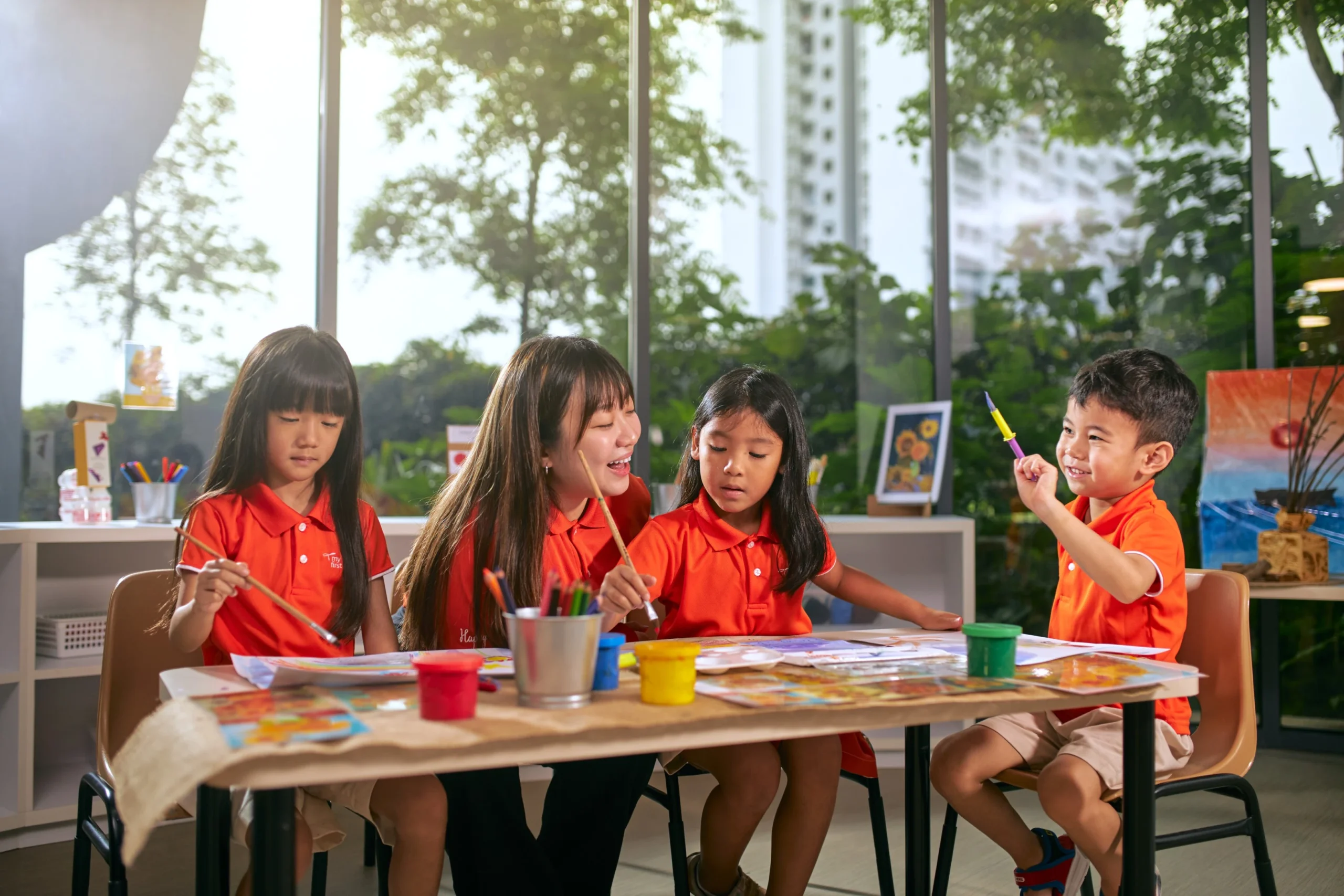

As parents and caregivers, we all want our little ones to learn while having fun. Preschool is the perfect time to lay the foundation for essential skills, from science exploration to creative arts.
Integrating these activities into a child’s daily routine can significantly enhance their early childhood education by fostering engagement, social skills, and cognitive development. At My First Skool, we see fun and educational activities as key to sparking curiosity, building confidence, and encouraging real-world learning.
Here are 20 exciting and educational activities that will help preschoolers grow and thrive in various developmental areas!
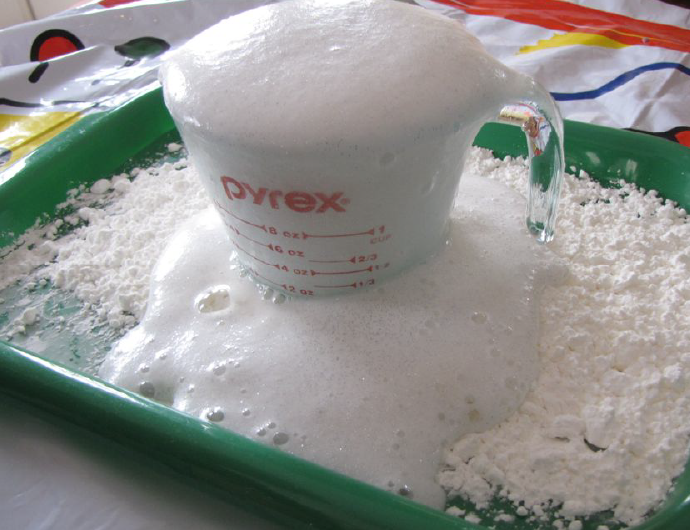
Image Credits: Glittery Volcano by KiwiCo
Encourage your preschooler’s interest in science with a simple and exciting baking soda volcano experiment.
All you need is baking soda, vinegar, and food colouring. When mixed, the baking soda creates a fizzing reaction with vinegar that looks like a mini volcanic eruption! This interactive activity is perfect for keeping children engaged in learning, promoting group participation, and enhancing their social skills and fine motor development.
How-To:
Take a walk in the park or your backyard and collect natural items like leaves, twigs, rocks, and flowers. Teach your child to observe and identify different elements of nature, from textures to colours and shapes.
How-To:
Help your child plant seeds in a small pot or a garden bed. As the plant grows, talk about how plants need sunlight, water, and soil to thrive. It’s a wonderful way to teach patience and the basics of life cycles, while also sparking a child’s interest in nature and science.
How-To:
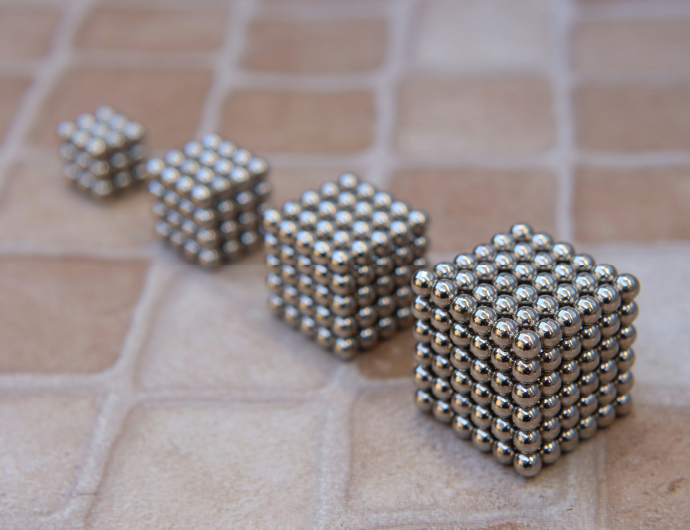
Introduce your preschooler to magnets by testing which objects around the house are magnetic and which are not. Let them experiment by sticking magnets to the fridge, using magnetic wands, or creating simple magnet crafts.
This activity helps children learn about magnetic properties in a fun and interactive way.
How-To:
Use a flashlight or the sun to create shadows. Teach your preschooler how shadows change throughout the day and encourage them to make shadow shapes with their hands or different objects.
How-To:
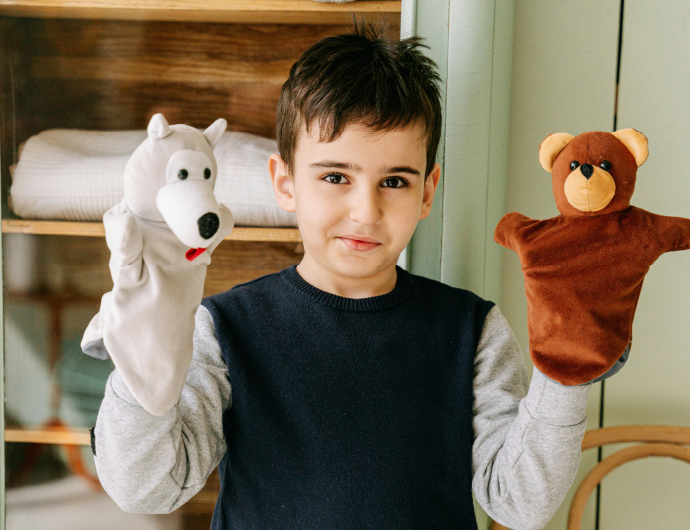
Read your child’s favourite books and bring the characters to life with hand puppets. This helps improve listening skills and vocabulary while keeping children engaged in imaginative play through storytime and puppet shows.
How-To:
Have your child practice writing the alphabet with crayons or markers on a piece of paper. You can use alphabet tracing worksheets or create your own for a more personalised learning experience.
How-To:
Create cards with simple words and corresponding pictures. Ask your child to match the words with the correct image. This game helps children learn word recognition and vocabulary, strengthening early literacy skills.
How-To:
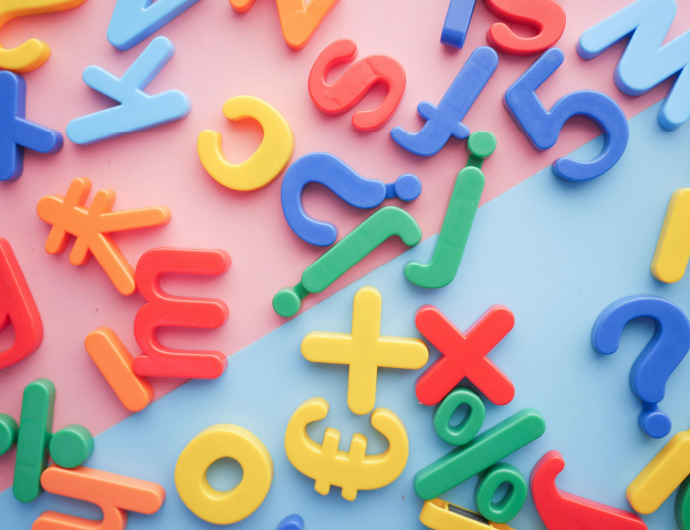
Hide letters around the house or outside and have your preschooler find them. Ask them to identify the letter and say a word that starts with it. This helps reinforce letter recognition in a fun, active way, keeping children engaged in active learning.
How-To:
Play a rhyming game where you say a word, and your preschooler has to come up with a word that rhymes with it. This helps children learn phonemic awareness and builds early language skills.
How-To:
Set up an obstacle course with cushions, chairs, and soft toys for your preschooler to climb over, crawl under, and jump across. This involves physical activities that help maintain high energy levels, enhancing coordination and gross motor skills in a playful and engaging way.
How-To:
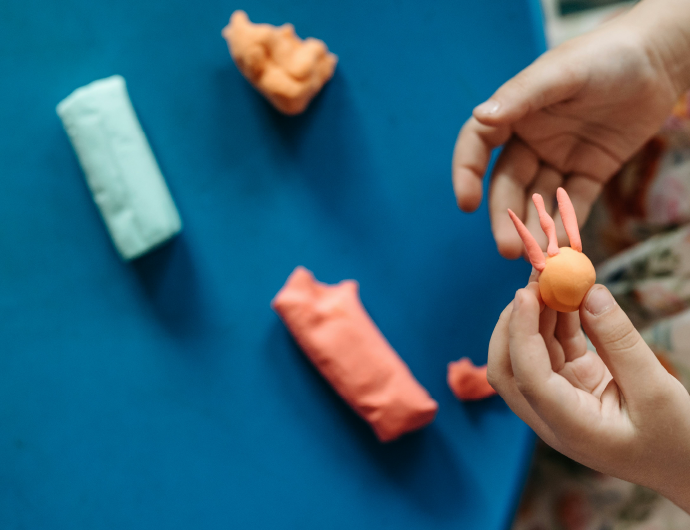
Playdough is a fantastic tool for developing fine motor skills. Encourage your child to roll, flatten, and mould playdough into different shapes and figures. This improves hand strength and dexterity, and encourages creative expression.
How-To:
Practice throwing, catching, and rolling a ball as a form of physical play that enhances hand-eye coordination.
Try different types of balls—soft, bouncy, or even beach balls—and encourage your preschooler to aim and catch. This activity is excellent for hand-eye coordination.
How-To:
Give your child a sheet of stickers and let them place them on a page in creative ways. Peeling off stickers helps children learn fine motor control and promotes concentration.
How-To:
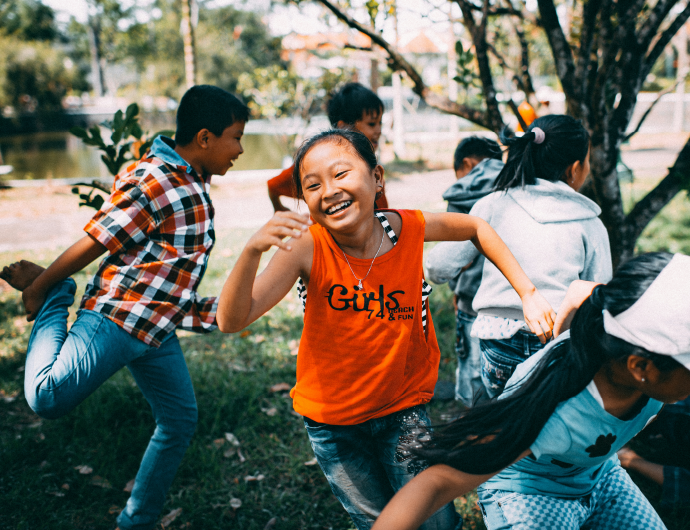
Play some lively music and have a dance party! Playing music and dancing is a fun physical activity that enhances balance, coordination, and rhythm. Encourage your preschooler to move their body in different ways—jumping, twisting, or spinning.
How-To:
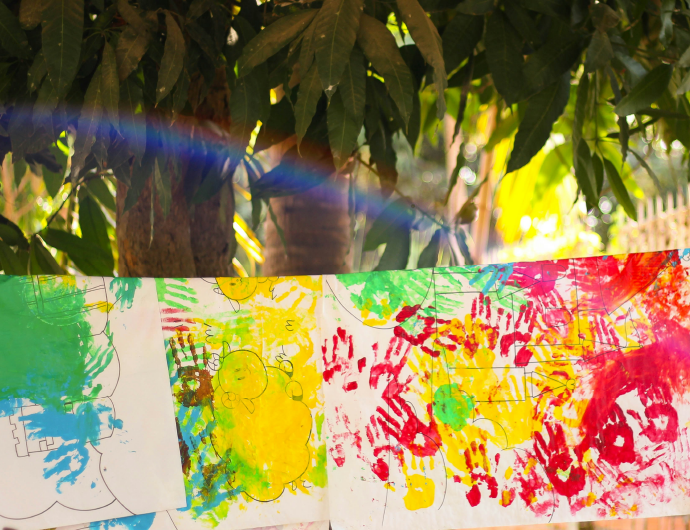
Finger painting is a fun and tactile way to express creativity, providing a rich sensory experience. Provide a variety of colours and let your child explore abstract art with their hands. You can create themed prints like animals, nature, or simple shapes.
How-To:
Gather some old magazines, fabric scraps, buttons, and coloured paper, and let your child create their own collage. This is a great way to encourage exploration of different textures and materials in their art-making.
How-To:
Make homemade instruments like tambourines or maracas from everyday items, such as bottles and beans.
This fun activity not only teaches rhythm but also allows you to play music together, enhancing your child’s engagement and skill development. Then, have a mini concert, teaching your child about different sounds and rhythms.
How-To:
Use coloured paper or foam shapes and encourage your preschooler to sort them by colour, shape, or size. This activity helps children learn organisational skills by recognising patterns and categorising items.
How-To:
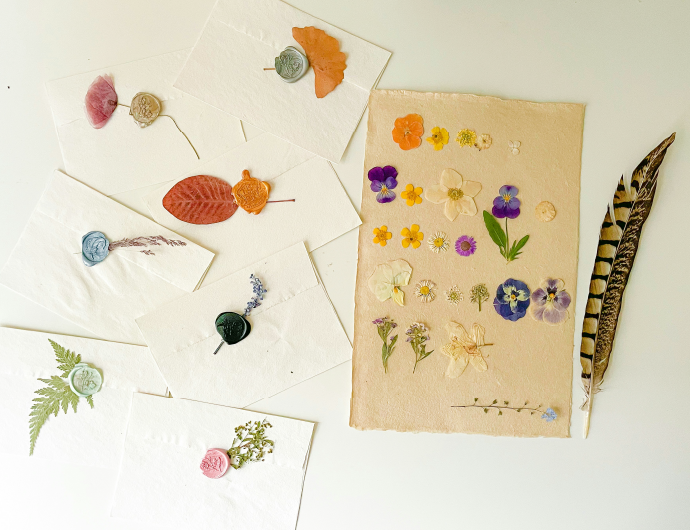
Go on a nature walk and collect leaves, flowers, or tree bark. Use these objects to make prints by pressing them on paper with paint or ink. This combines nature exploration with artistic creativity.
How-To:
These 20 fun and educational activities are more than just ways to keep your preschooler engaged—they’re powerful tools to support your child’s development across physical, cognitive, and creative domains.
At My First Skool, we believe that meaningful learning happens through purposeful play.
An added bonus of these activities is that they enrich children’s learning experiences by allowing them to share their discoveries and stories, fostering personal storytelling and deeper engagement.
Our preschool curriculum is thoughtfully designed to nurture curiosity, independence, and a lifelong love of learning—just like the activities you’ve explored here. Whether it’s discovering science through a simple volcano experiment or expressing creativity with finger paints, every moment can be a learning opportunity.
Looking to give your child a strong start? Discover how My First Skool can support your preschooler’s growth in a joyful, safe, and enriching environment.

Every year, over 26,000 families all across Singapore see their children benefit from our relationship-based curriculum – one that emphasises forging strong bonds between children, teachers and parents.
Find a centre near you or take a virtual tour to explore our learning environments and learn how your child can thrive.